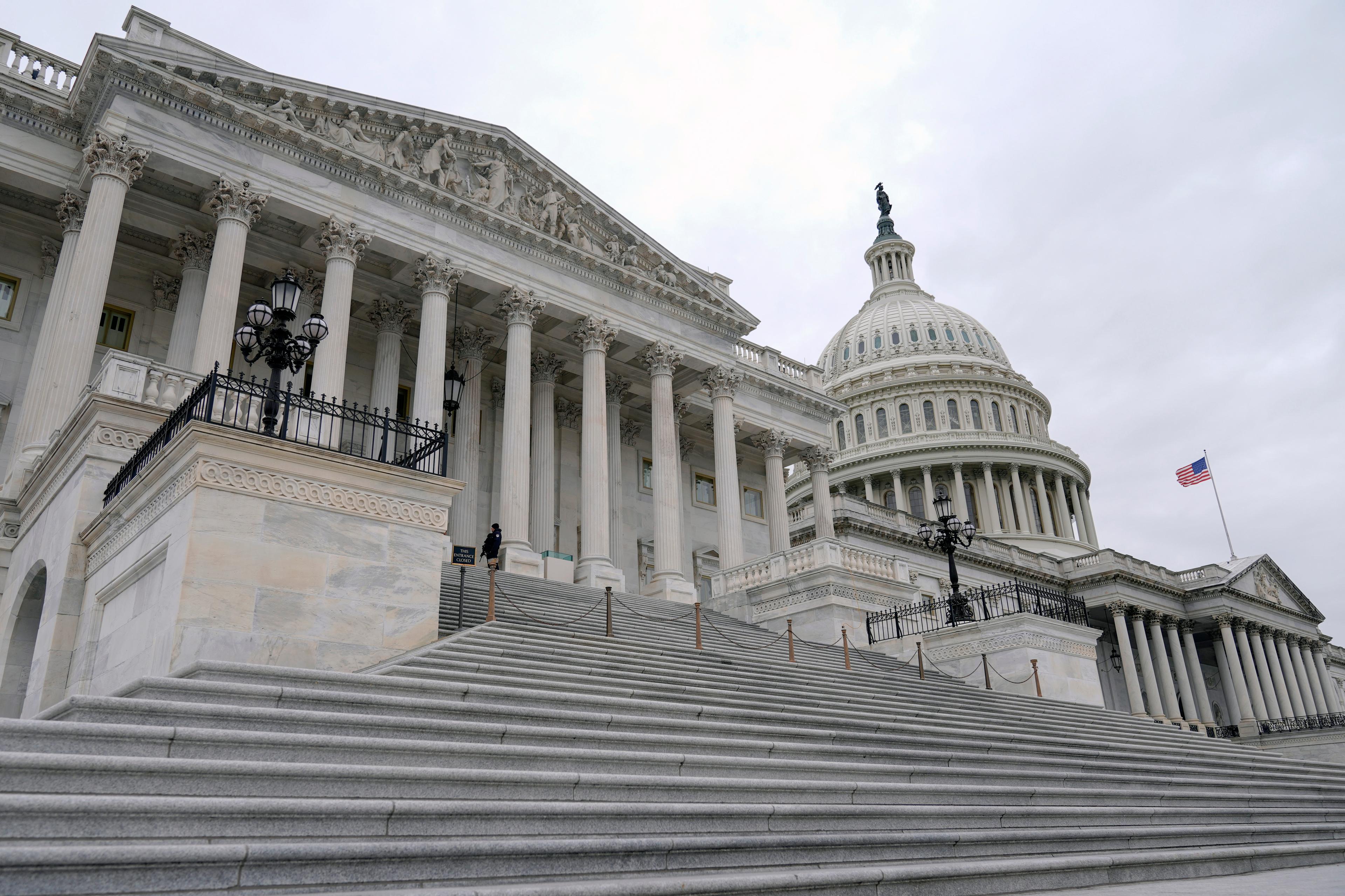
Colorado’s labor department is still working out kinks in how it counts jobs after an overhaul of the unemployment insurance system introduced errors in data collection.
The state’s Office of Labor Market Information is delaying the publication of an employment report due tomorrow, May 22. The Quarterly Census of Employment and Wages, or QCEW, will be published on June 5 instead, according to a spokesperson for the state’s labor department.
“The delay arose from the need for data cleanup in order to provide the maximum quality of data,” the spokesperson said in an emailed statement.
The QCEW isn’t just another dry economic release. It backs up huge swathes of economic forecasting and analysis. For instance, the U.S. Department of Commerce uses it to calculate personal income, while the Social Security Administration uses the data as a quality check against information submitted by the Internal Revenue Service. It’s a critical component to understanding how the economy is working, for individual states as well as for the federal government.
To that end, the data in the QCEW is the gold standard when it comes to assessing what’s really happening in the job market. It’s far more reliable than the monthly jobs reports that tend to make headlines. That’s because the monthly jobs numbers are based on answers to voluntary surveys. But, the QCEW, released every three months, is sourced from unemployment insurance reports. Companies across the U.S. are legally required to submit this information.
Colorado’s data snafu stems from the way companies are reporting the information under a new system to record uninsurance premiums that officials rolled out last year. The QCEW is refined throughout the year and always contains some incomplete information. But the new system resulted in far more incomplete entries than usual, the state told CPR in March when the problem was first flagged by the U.S. Bureau of Labor Statistics.
The data now scheduled to come out next month covers the last half of 2023.
“When we publish on June 5, we will have the most up-to-date data available,” the state labor department spokesperson said. “We continue to work with employers on their responsibility to report accurate and complete data.”









